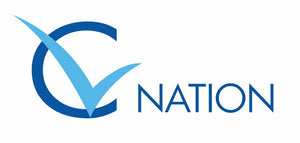When applying for jobs, you will usually be required to submit a cover letter. Recruiters use cover letters to assess your suitability for jobs and learn about your experiences, skills and achievements.
An effective cover letter can help you stand out from the crowd and make a positive impression on recruiters.
In this guide, we’ll show you how to prepare a cover letter for any job that does exactly that. We’ll also show you six great cover letter examples.
